I had the good fortune to drive Japan’s pioneering full-electric vehicle, the Nissan Leaf, twice overseas—the first in Singapore in 2018 and the second in Hong Kong in 2019.
While the Singapore drive focused more on the car’s technology and driving was limited to the proving grounds of Nanyang Technological University, the Hong Kong experience was an eye-opening four-hour real-world drive within the city mixed with a winding drive up and down the neighboring hills and mountains, with some portions of the drive deluged by heavy rain.
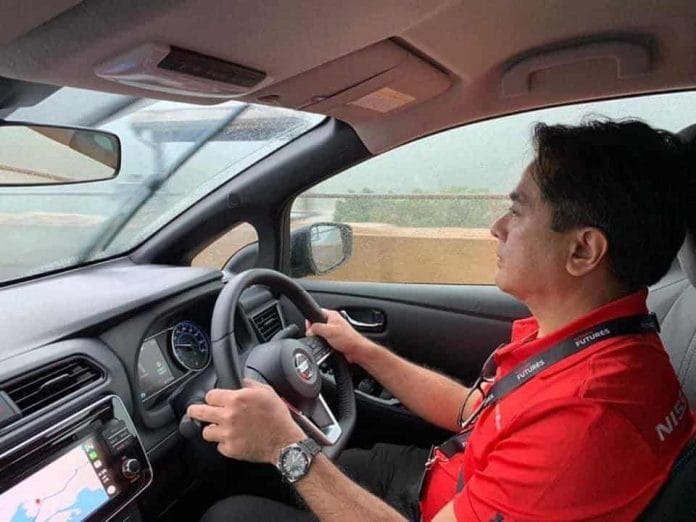
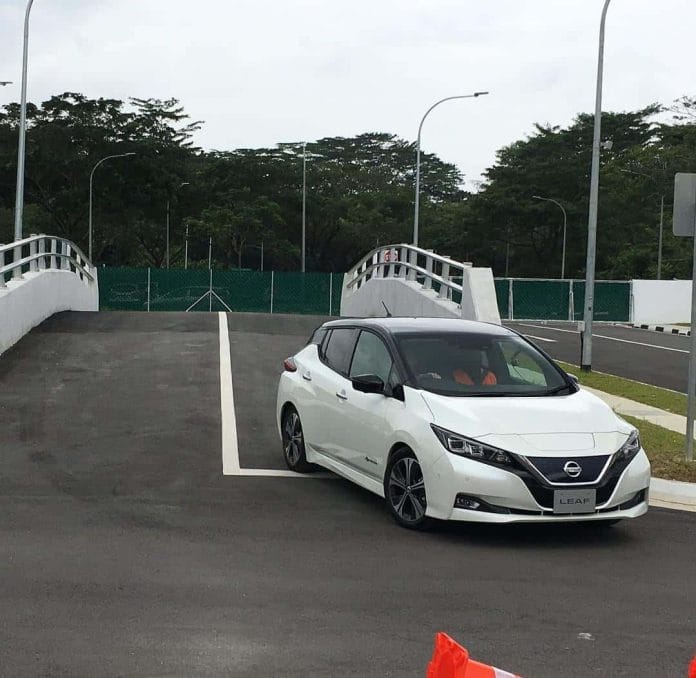
So what else do you need to know about the Leaf? Here are 7 things:
1. It drives just like any car.
The impressive part about the overseas drive was that the Leaf drove just like an ordinary gasoline-engined car. Those concerned about making adjustments due to the sensory shift from internal combustion to pure electric need not worry. Save for the absolute quietness of the cabin due to the absence of any engine sound or vibration—you’ll still hear road, tire, and wind noise just like in any car—everything else feels normal. There’s hardly any learning curve in adapting to an electric car.
2. Pricing is at par with Leaf pricing abroad.
The Nissan Leaf retails for P2,798,000. One would think that it’s priced too high. It’s priced roughly 50% higher than the X-Trail compact SUV. Upon comparing prices, the US-market Leaf is also priced 50% higher than the Nissan Rogue compact SUV (which is the equivalent of the X-Trail in North America). So the price difference is consistent.

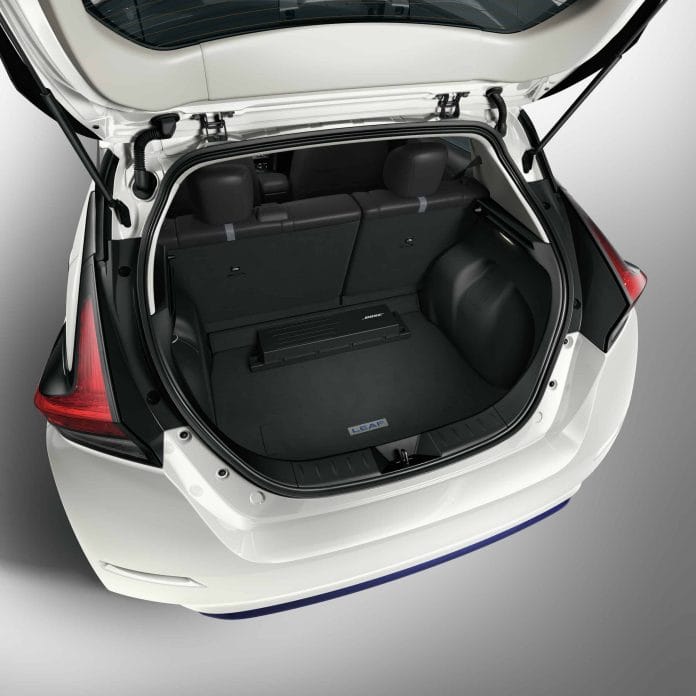
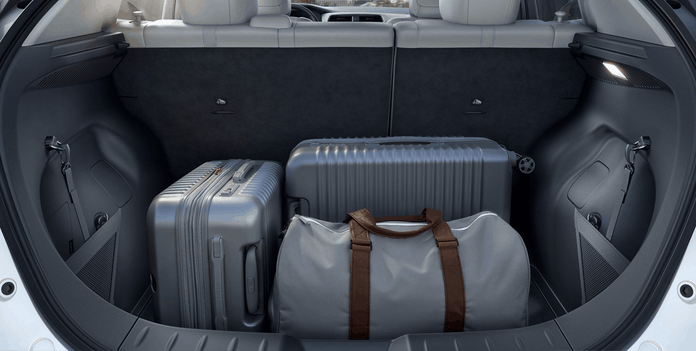
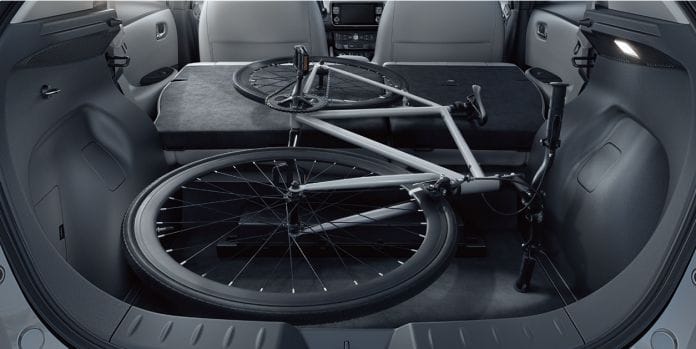
The Leaf is currently available in 3 dealerships. Nissan is also establishing 7 charging stations in the country through its dealerships, creating the largest nationwide EV charging station network. It’s still a far cry from what a true real-world EV ecosystem really needs, but Nissan is doing its part (which is more than what can be said for the government, which should be leading the EV infrastructure buildup).
3. It can travel 311 kilometers on a full charge.
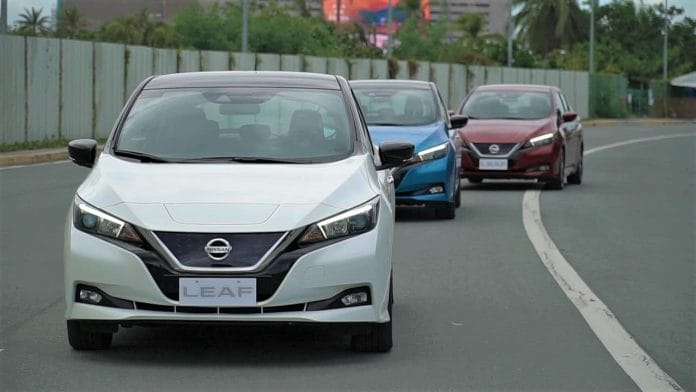
The Leaf has a 40kWh lithium-ion battery that has a range of up to 311 kms. on a full charge (based on the New European Driving Cycle standards). This is equivalent to traveling between QC and BGC twice a day for 5 days or a one-way out of town trip to Baguio (after which you’ll need to charge the car upon arrival).
Powering the Leaf is a state-of-the-art all-electric e-powertrain generating (pardon the pun) 150ps and 320Nm of torque. The Leaf can go from zero to 100 km/h in 7.9 seconds and reach a top speed of 140 km/h. EVs are often big on acceleration but weak on top speed—not that you’ll have many chances of a sustained 140 km/h even on a long drive.
4. You need 15-18 hours to fully charge at home—but only 40-60 minutes with a dealer’s quick charger.
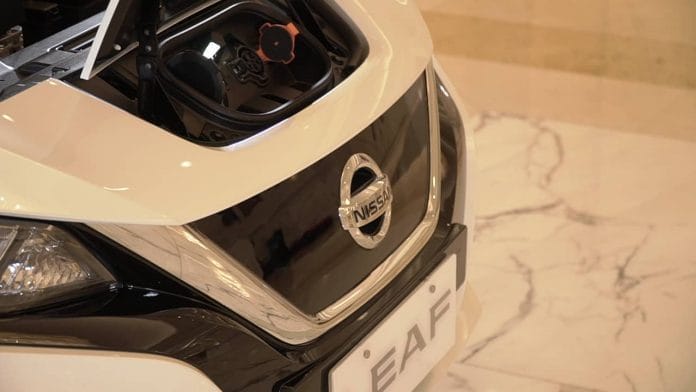
The electric hatchback can be fully charged in 15 to 18 hours at home through a dedicated wall outlet with the supplied universal charging cable. Owners can also go to quick charging stations found in select Nissan dealerships nationwide and fully charge their Leaf in as fast as 40 to 60 minutes. No word from Nissan how much a home-based quick charger will cost (I asked). My gut feel is that the price of one might shock you (again, pardon the pun).
5. It’s loaded with Intelligent Driving tech.
A welcome innovation for drivers everywhere is the Nissan Leaf’s e-Pedal. This feature allows drivers to start, accelerate, decelerate, and stop using just one pedal by increasing or decreasing the pressure applied to the accelerator—much like with a golf cart. When the accelerator is fully released, regenerative and friction brakes are applied automatically, bringing the car to a complete stop. This makes this Nissan EV ideal for stop-and-go city traffic since the need to shift from one pedal to another is reduced, making driving simpler and more convenient.
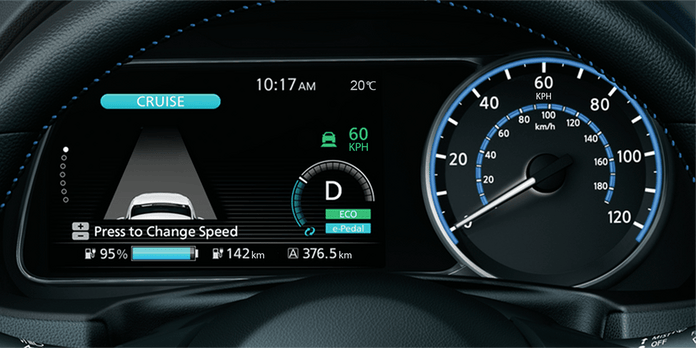
The Leaf is also packed with intelligent driver assist features: Intelligent Cruise Control, Intelligent Around View Monitor, High Beam Assist, and Hill Start Assist, Intelligent Emergency Braking, Intelligent Driver Alertness, Rear Cross Traffic Alert, Blind Spot Warning, Lane Departure Warning, Intelligent Lane Intervention, and Intelligent Trace Control.
6. It’s got upmarket hatchback styling and versatility.
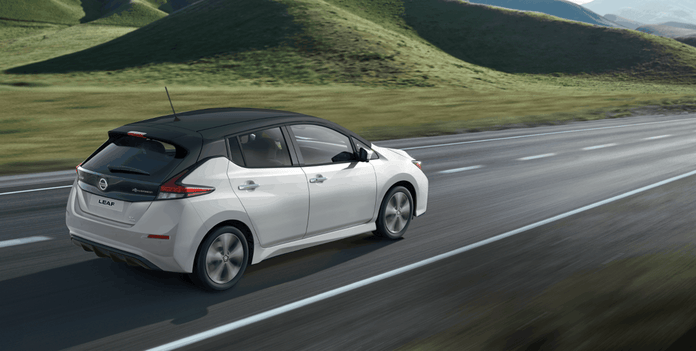
Hatchbacks may often be equated to entry-level cars, but the Leaf is in a totally different size class. Both contemporary and timeless, the Nissan Leaf has a sleek design starting with the two-tone body and its iconic floating roof. The EV Blue accents and V-Motion grille complement the entire look. Like many larger hatchbacks (think of the Mini Countryman or the Mercedes A- or B-Class or the BMW 1-Series), the Leaf can match the cargo-carrying versatility of any compact crossover or SUV. Inside the premium cabin, the Leaf greets both drivers and passengers with spacious seating for five.
7. It can power your home.
More than just a car, the Leaf also has vehicle-to-everything (V2X) technology that enables bi-directional charging to use energy from the Leaf battery to power homes and equipment, or simply give back energy to the power grid. Power failure? The Leaf can supply electricity from its battery to your home.
“Finally bringing the Nissan Leaf to the Philippines is a high point in our efforts throughout the years to inform and educate the Filipino public on the benefits of EV adoption. The Nissan Leaf is key to realizing our vision of enriching Filipino lives towards a more connected, sustainable and resilient society,” says Atsushi Najima, President and Managing Director of Nissan in the Philippines.
“The Nissan Leaf’s launch in the Philippines is the latest chapter in our electrification strategy in ASEAN. This is part of Nissan’s DNA of daring to do what others don’t as we make electrified mobility more accessible to the people in the region,” adds Regional Vice President for Nissan ASEAN Isao Sekiguchi.
The Nissan Leaf also comes with a 3-year vehicle warranty or for the first 100,000 kilometers (whichever comes first). It also comes with an 8-year battery warranty or for the first 160,000 kilometers (whichever comes first).
Customers can avail of the Nissan Leaf from three dealerships: Nissan Mantrade Makati, Nissan Otis, and Nissan Cebu South – V. Rama, each equipped with EV charging systems for the exclusive use of Leaf owners. Four more dealerships will offer the EV within this year, all similarly equipped with charging facilities.

